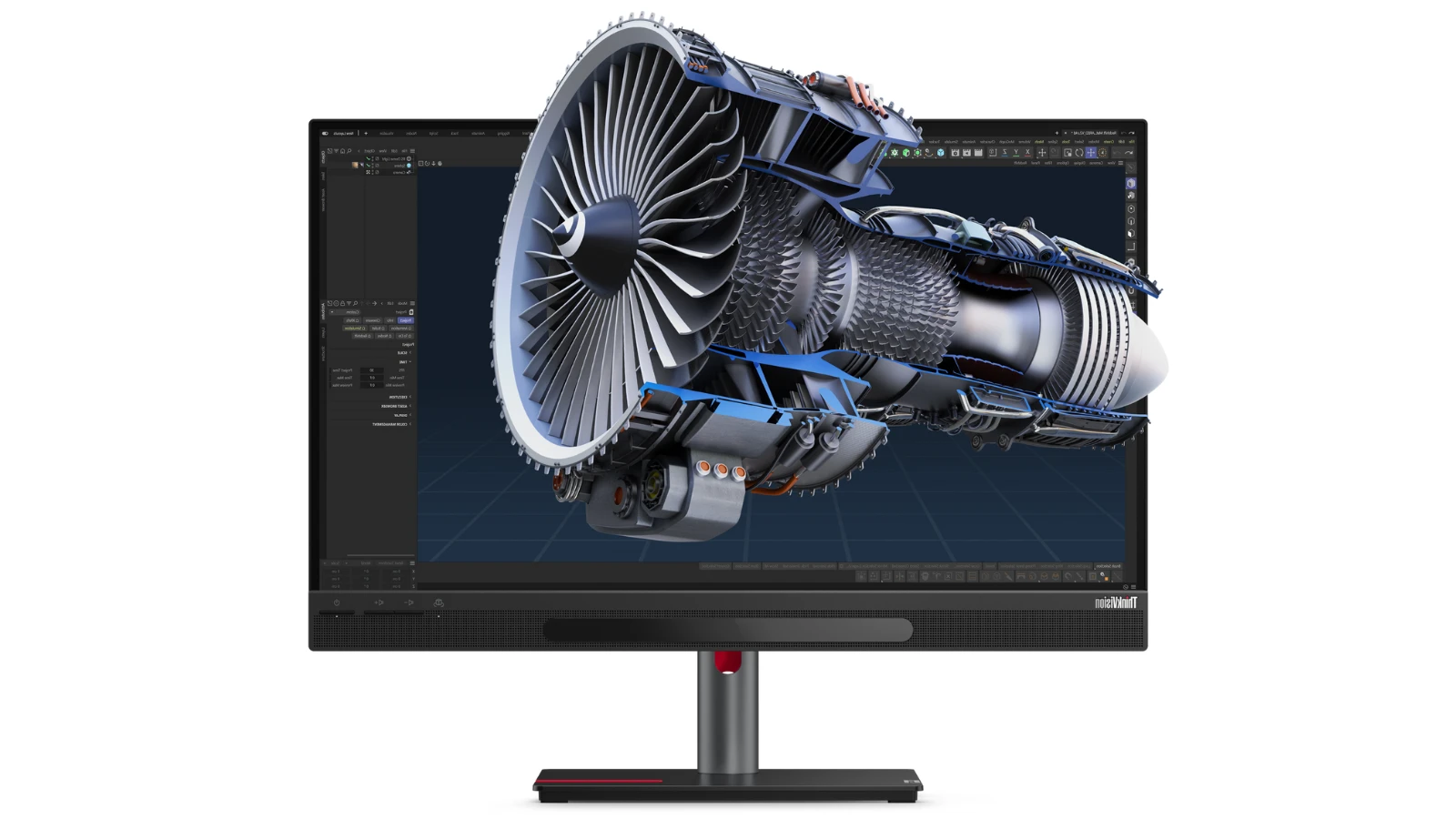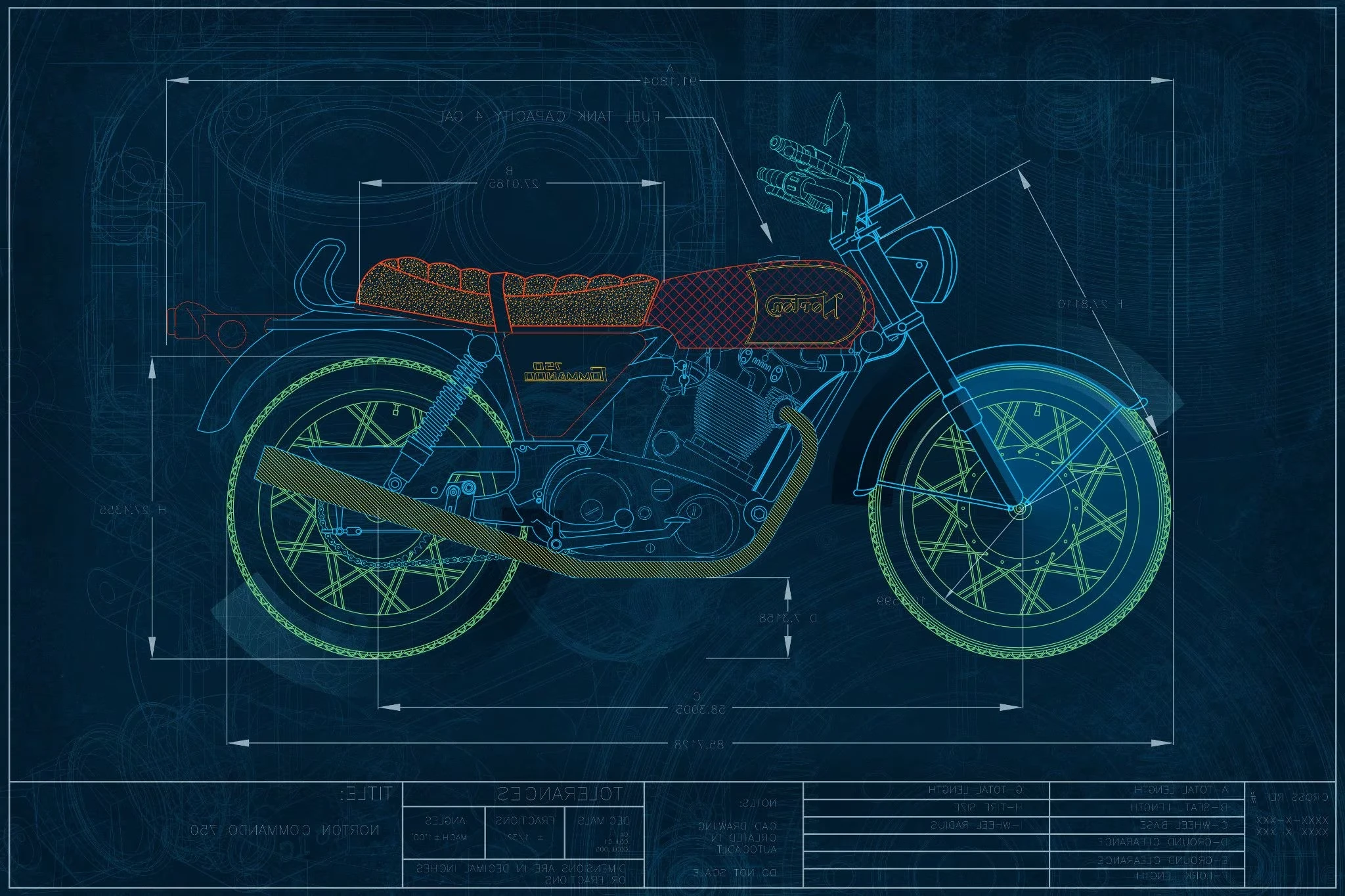Evolution of 3D Modeling Tools
From Paper to Pixels: The Digital Revolution
The journey of 3D modeling began in the 1960s with Ivan Sutherland's pioneering Sketchpad system, which introduced the concept of computer-aided design. Early systems required massive mainframe computers and could only produce simple wireframe representations. The 1980s brought personal computers powerful enough to handle basic 3D graphics, leading to the development of early CAD software like AutoCAD and Pro/ENGINEER.
The 1990s marked a turning point as polygon-based modeling became standard, enabling the creation of complex surfaces and meshes. Software like 3ds Max and Maya emerged, targeting the film and game industries. Simultaneously, engineering-focused applications like SolidWorks and CATIA advanced parametric modeling techniques, allowing engineers to create designs that could be easily modified by changing dimensional parameters.
Today's 3D modeling landscape is incredibly diverse. Cloud-based platforms like Fusion 360 enable collaborative design across global teams. Open-source software like Blender has democratized access to professional-grade tools. Meanwhile, AI-assisted modeling is beginning to emerge, promising to further accelerate the design process.
Industry Insight
According to research from MIT's Computer Science and Artificial Intelligence Laboratory, parametric modeling reduces product development time by an average of 35% compared to traditional direct modeling approaches. This efficiency gain has made parametric CAD the industry standard for mechanical engineering.
Modern Software Ecosystem
Today's 3D modelers have access to specialized tools for different applications:
- Engineering CAD: SolidWorks, Fusion 360, Onshape — focused on precise parametric modeling
- Architectural: Revit, ArchiCAD, SketchUp — optimized for building design and BIM workflows
- Character/Organic: Blender, ZBrush, Maya — specialized in sculpting and animation
- Generative Design: nTopology, Grasshopper — algorithmic and computational design
At NeoFab Academy, we focus primarily on engineering-grade CAD software and Blender, giving students both precision modeling and artistic flexibility.

